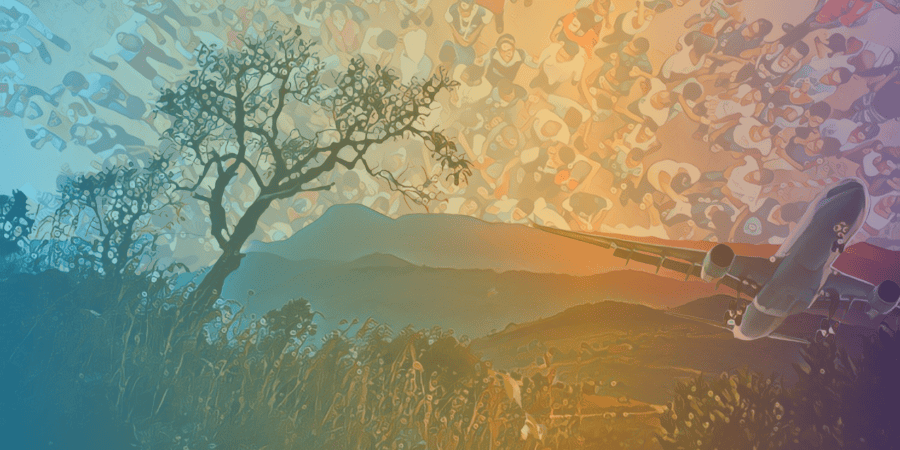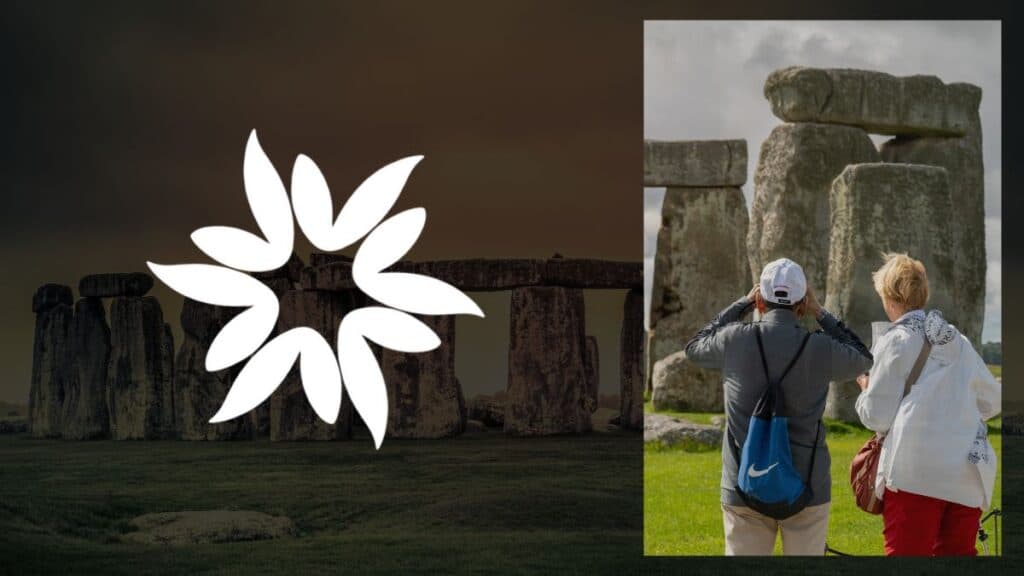Key Takeaways
- Overcrowding and aggressive tourism in Africa, particularly in Kenya's Masai Mara and Tanzania's Ngorongoro Crater, are threatening wildlife and visitor experiences.
- Uncontrolled growth in tourism isn't sustainable without increasing habitats for wildlife, and industry experts call for rethinking the entire ecotourism model, including government involvement and funding.
- Kenya's government is working on new tourism plans, including regulations, policing guidelines, licensing requirements, and diversification of tourist offerings.
- Private conservancies have emerged as a potential solution to overcrowding in national parks but are criticized for being expensive and inaccessible to many.
- "Leakage" in the tourism industry is a significant issue in sub-Saharan Africa, with only a small portion of tourist spending remaining in the local economy; however, there is a shift towards more inclusive tourism models that benefit local communities.
Recent media reports have highlighted overcrowding and aggressive tourism in sub-Saharan Africa, particularly in Kenya’s Masai Mara.
With travelers seeking authentic and untouched experiences, Africa’s pristine wilderness is under threat.
Overcrowding has become a significant issue in smaller ecosystems such as the Masai Mara and Tanzania’s Ngorongoro Crater, with more than 200 vehicles often competing for better views of wildlife.
This overcrowding can negatively impact wildlife, guest safety, and the overall visitor experience.
The explosive growth of tourism facilities in the Mara has led to a decline in the number of wildebeests and the time they spend in the reserve during migration.
The surge in tourism is due to several factors, including the growth of Africa’s middle class, an increase in intra-Africa travel, and rising international demand for bucket list trips like safaris.
The Need for Sustainable Tourism Models
Industry experts argue that uncontrolled growth in tourism isn’t sustainable without increasing the size of habitats for wildlife.
The entire ecotourism model needs rethinking, including funding and the role of governments as custodians of natural heritage. Protecting the environment should be prioritized to similar levels as health and education, ensuring adequate funding and technical support.
Kenya’s government has taken notice of the issue, adopting a new tourism plan that includes new regulations, policing guidelines, and licensing requirements for camps and guides. Measures under consideration include ticketing systems limiting visits to four to five hours, periodic traffic closures in overcrowded areas, and diversifying tourism offerings to encourage travel to lesser-known areas of the country.
The United Nations estimates that for every $100 spent on a vacation tour by a tourist from a developed country, an average of only $5 stays in the developing-country destination’s economy.

Private Conservancies: A Potential Solution
Private conservancies and concessions have emerged as a potential solution to overcrowding in national parks.
These privatized areas usually share unfenced boundaries with national parks, allowing animals to roam freely while restricting access to guests staying at private lodges or camps within the concession.
However, critics argue that these private game reserves and conservancies often carry a hefty price tag, making them inaccessible to many.
Leakage in the African Tourism Industry
Economists have identified a phenomenon called “leakage” in the tourism industry, where visitors’ money is intercepted by foreign companies instead of benefiting local communities.
The United Nations estimates that for every $100 spent on a vacation tour by a tourist from a developed country, an average of only $5 stays in the developing-country destination’s economy.
This is particularly problematic for emerging tourism destinations in sub-Saharan Africa.
Nevertheless, there has been a recent shift towards more inclusive tourism in places like Kenya’s Masai Mara.
Initiatives such as the European Union-funded local guiding school in the Masai Mara have led to an increase in local employment and direct revenue to households.
This new conservation model introduced in the mid-2000s has allowed the Masai to lease their land for tourism, providing a steady income source.








